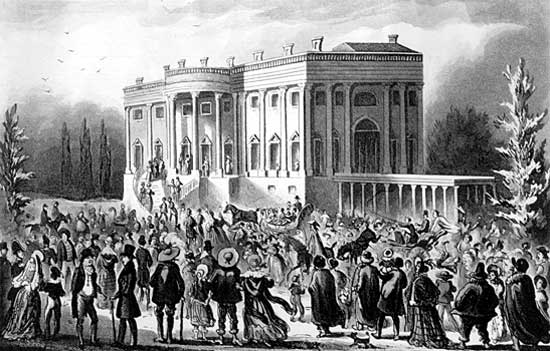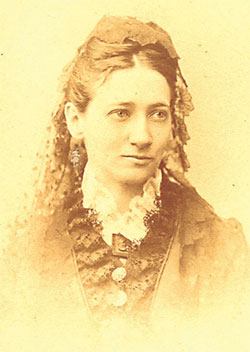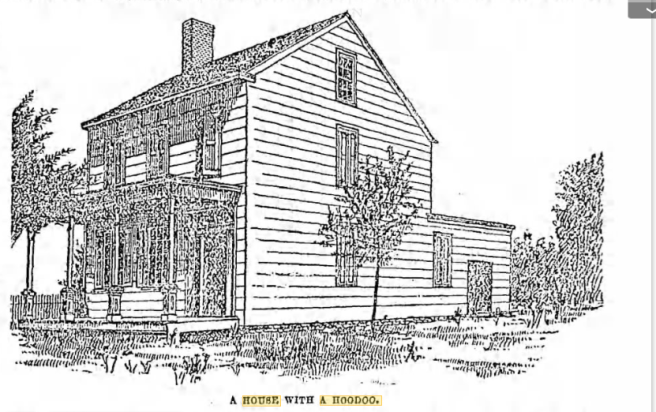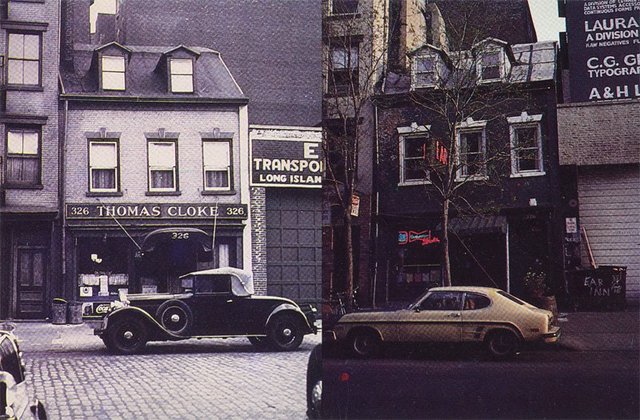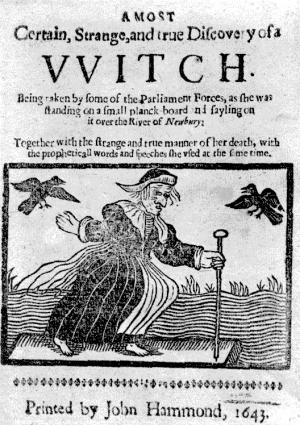
In keeping with our witchcraft theme (why not? It’s Tuesday) Meanwhile, back in 17th Century England…the year was 1644. While their Civil War raged, the English government found time to create a high-ranking position for the task of ridding the country of its dark arts. This man’s title? The Witch-Finder General, of course.
In his new-found position, Mr. Matthew Hopkins was hard at work putting a lot of innocent people to death. For a hefty fee, he elicited as many “confessions” as possible. One of his favorite methods of torture was called “swimming the witch.” It was used to determine the guilt or innocence of the accused. It worked like this: the defendant’s limbs were bound tightly with rope. He or she was then lowered into a pond. If innocent, they would sink, drown, + subsequently go to heaven. If guilty, they would float.
Another favorite, “waking the witch” involved 24 hour supervision. The accused would be deprived of sleep by constantly walking them back + forth across the length of their cell for two or three days without interruption. The accused would confess to anything by the end. It is estimated that more than 230 people were killed under Matthew Hopkins’ watch.
So, where did this witch hysteria come from in the first place? It’s a long + sordid history, but I’ll keep it brief. Way back in the 1480’s Pope Innocent VIII hears rumblings that some satanists are practicing in Germany, that demons are on the rise there. He asks two friars to investigate. They eventually publish a definitive work on witchcraft called, “Malleus Maleficarum” or, “Hammer of Witches.” The book, backed by the Church, makes it known to Christians that it is their responsibility to rid the world of witches–they take their responsibilities very seriously. Over the next 200 years it is estimated that tens of thousands of people were executed as witches across Europe.
Witchcraft came to England when King James was engaged to Princess Anne of Denmark in 1591. While on their way TO their wedding + BACK James + Anne’s ships were caught in terrible storms, which were blamed on witchcraft. This probably would have faded away, except that when the couple arrived in Denmark, six women confessed that they had created the storms to stop the wedding.
King James took this very personally + seriously. Eventually, witchcraft + the fear of it made its way across the Atlantic in the minds of those arriving in the new world. As expected, it then flourished within the English colonies.

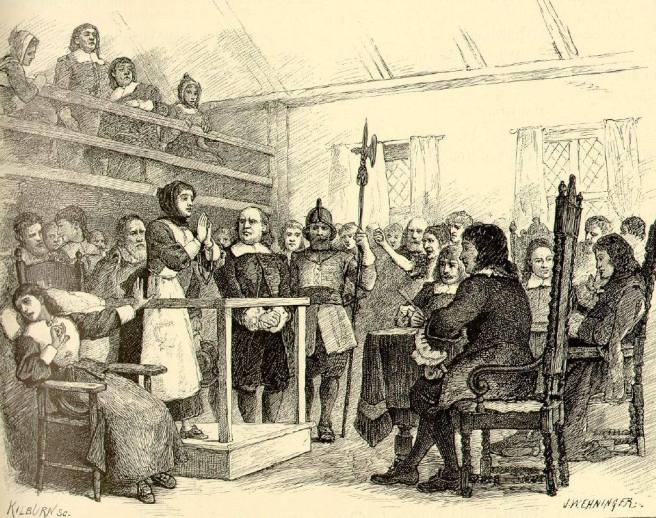 Oh, now who doesn’t love a good vvitch story on a Monday? As this is October 17th, I would like to share with you the tale of how all of those, “…wicked and detestable arts, commonly called witchcraft and sorcery…” made there way across the pond, not only to New England, but to Olde New Yorke.
Oh, now who doesn’t love a good vvitch story on a Monday? As this is October 17th, I would like to share with you the tale of how all of those, “…wicked and detestable arts, commonly called witchcraft and sorcery…” made there way across the pond, not only to New England, but to Olde New Yorke.
